Deforestation isn’t just a biodiversity issue—it’s one of the most powerful drivers of climate change that we’re currently facing.
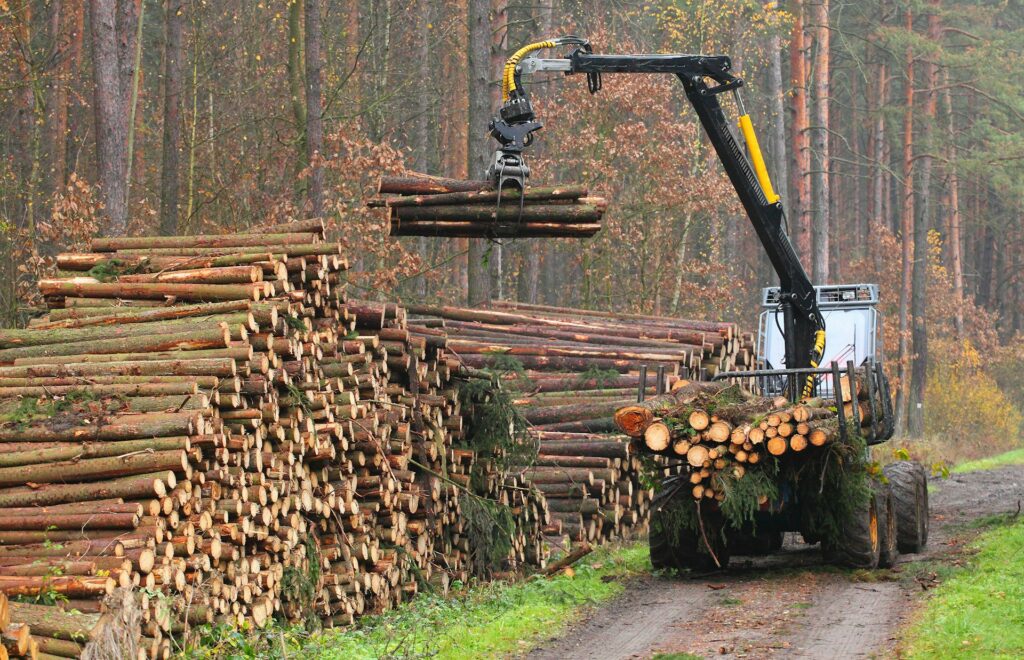
Forests play a massive role in absorbing carbon dioxide, stabilising ecosystems, and maintaining the global climate. But when they’re cleared, logged, or burned, not only do we lose those benefits, but we also unleash a fresh wave of carbon emissions that adds fuel to an already overheating planet.
Right now, the scale of deforestation is staggering. According to the United Nations Food and Agriculture Organization, the world loses around 10 million hectares of forest each year—an area roughly the size of Portugal. This isn’t just happening in isolated pockets. From the Amazon to the Congo Basin to Southeast Asia, ancient, carbon-rich forests are being cleared at industrial speed to make way for soy fields, palm oil plantations, mines, roads, and cattle ranches. And unless something changes, we’re on track to lose even more.
Why deforestation fuels climate change

Forests are often referred to as the lungs of the Earth, and for good reason. Through the process of photosynthesis, trees absorb carbon dioxide (CO₂) and store it in their trunks, branches, leaves, and root systems. When a tree is cut down or burned, that stored carbon is released back into the atmosphere as CO₂—a potent greenhouse gas that traps heat.
Deforestation currently accounts for around 10% of all global greenhouse gas emissions, according to the World Resources Institute. That’s more than the entire transport sector worldwide. And tropical forests—home to some of the densest carbon stores on the planet—are being hit the hardest. When these forests are lost, the carbon impact is immense.
But there’s more to it than carbon. Forests help regulate rainfall, moderate temperatures, and maintain the stability of ecosystems. They also support the water cycle by absorbing and releasing moisture through a process called transpiration. When forests disappear, local weather patterns can change. Rainfall becomes less predictable. Soils dry out. Temperatures rise. And the risk of drought, heatwaves, and wildfires increases—creating a vicious cycle where dry landscapes become even more prone to destruction.
The domino effect on ecosystems
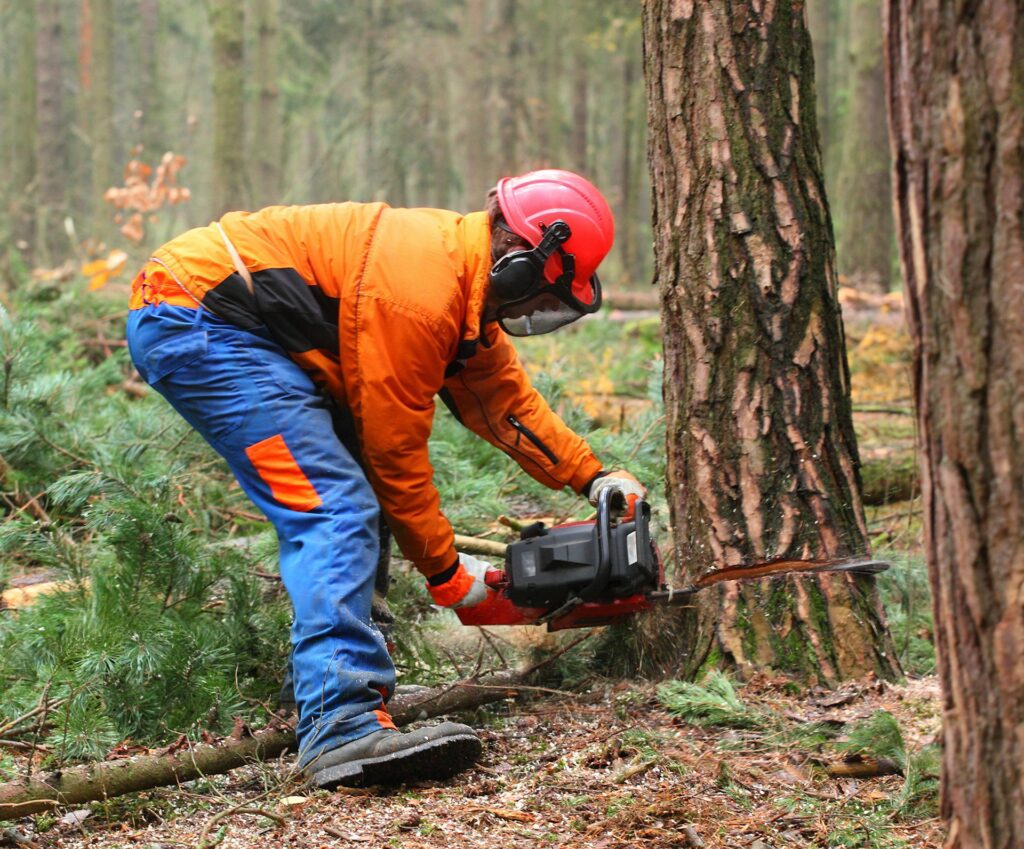
Deforestation doesn’t just impact the climate—it also dismantles entire ecosystems. Forests are some of the most biodiverse places on Earth, home to millions of species, many of which haven’t even been discovered yet. When forests are destroyed, countless animals lose their habitats, plants are uprooted, and entire food webs collapse.
Tropical rainforests, in particular, are being pushed to dangerous tipping points. A study published in Nature warns that continued deforestation in the Amazon could cause parts of the forest to shift into a savanna-like state. This would release billions of tonnes of stored carbon and irreversibly alter one of the world’s most vital ecosystems.
Then there’s the human impact. More than 1.6 billion people worldwide depend directly on forests for food, fuel, medicine, and livelihoods. Among them are Indigenous peoples who have sustainably managed and protected forest lands for generations. Their knowledge and connection to these landscapes make them some of the most effective stewards of forest conservation—yet their territories are frequently threatened by land grabs and illegal logging operations.
What’s driving forest loss?
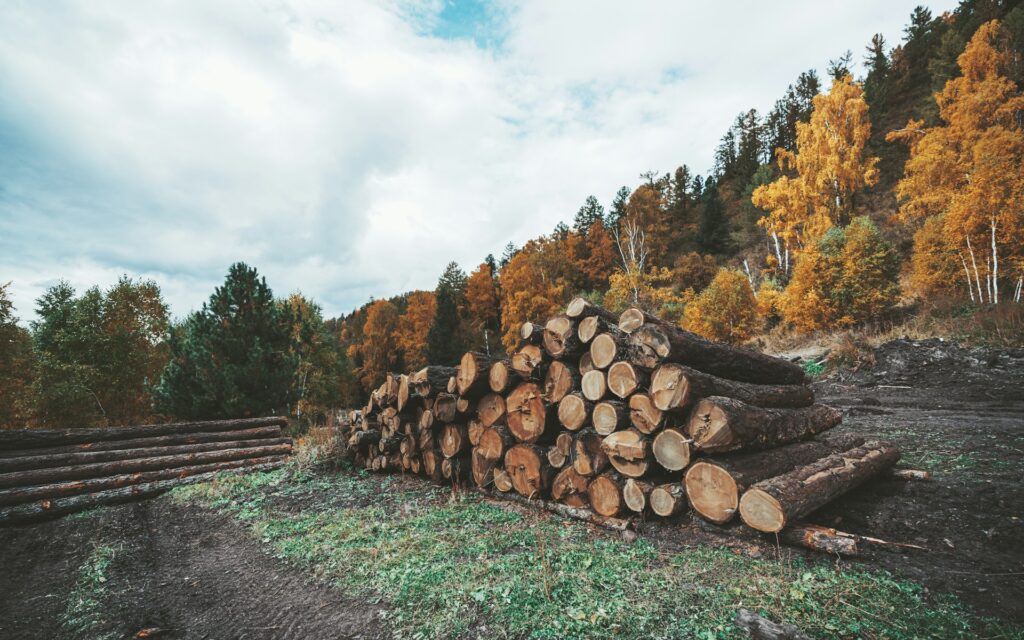
At the heart of deforestation is a global demand for land and resources. The biggest driver is agriculture, especially industrial-scale farming of beef, soy, and palm oil. In Brazil, cattle ranching accounts for nearly 80% of deforestation in the Amazon, according to the WWF. Elsewhere, palm oil plantations have devastated tropical forests in Indonesia and Malaysia.
Other major causes include:
Logging – Both legal and illegal logging operations contribute to forest degradation and open the door for further land clearing.
Mining – Large-scale mining for minerals, metals, and fossil fuels requires vast areas of land, often deep within forested regions.
Infrastructure – New roads, dams, and urban expansion carve up forests and make previously untouched areas vulnerable to exploitation.
Fires – Many fires are deliberately set to clear land, but they can quickly spiral out of control, especially in dry conditions worsened by climate change.
These drivers are often interconnected. For example, a new road might give loggers access to remote areas, after which the land is sold off for agriculture or mining. It’s a chain reaction that transforms thriving forests into barren landscapes.
The hidden carbon cost
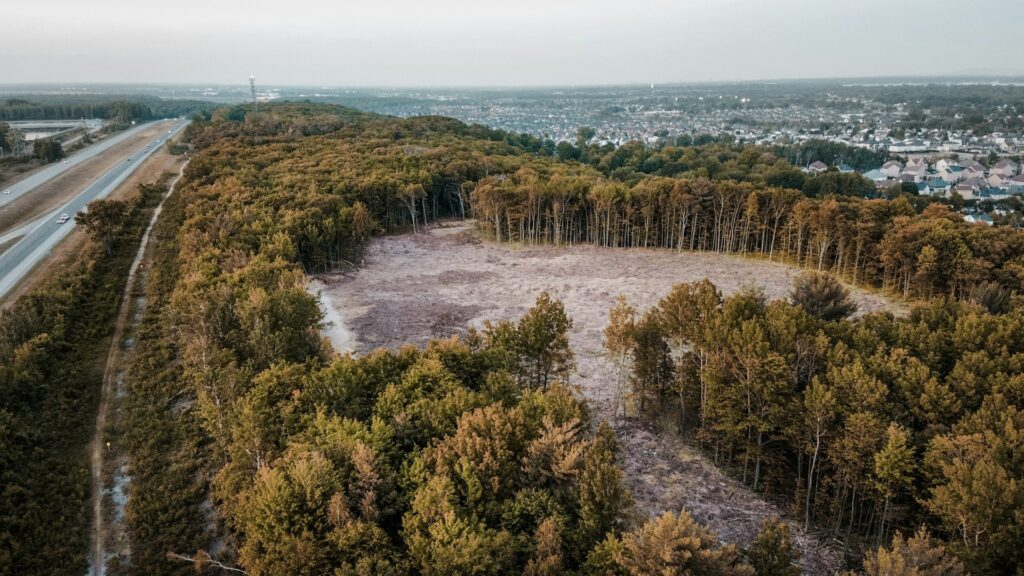
Deforestation doesn’t just release carbon when trees are cut—it also undermines the land’s future ability to absorb carbon. Soil that once supported forests becomes less fertile. Natural carbon sinks are lost. And ecosystems lose their capacity to bounce back. In some cases, these changes can be permanent.
One of the most alarming trends is that parts of the Amazon have already shifted from being a carbon sink to a carbon source, releasing more CO₂ than they absorb (Nature Climate Change). If this continues, it will seriously undermine our chances of keeping global temperatures within safe limits.
So, what can be done?
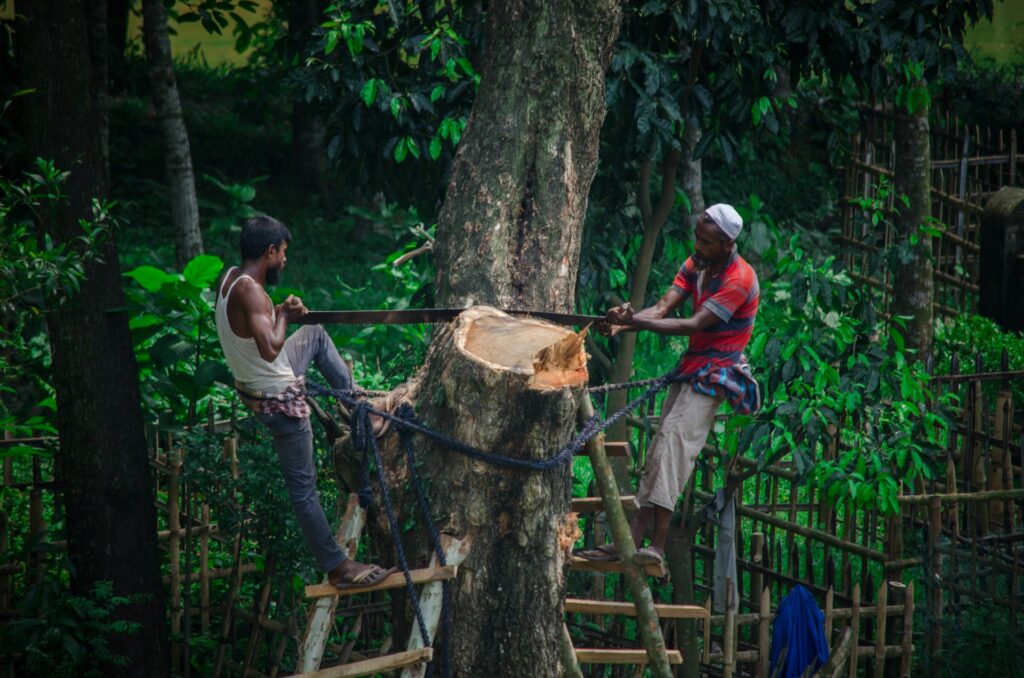
The good news is that the solutions to deforestation are well known—they just need to be properly funded, prioritised, and enforced.
1. Protect what’s still standing.
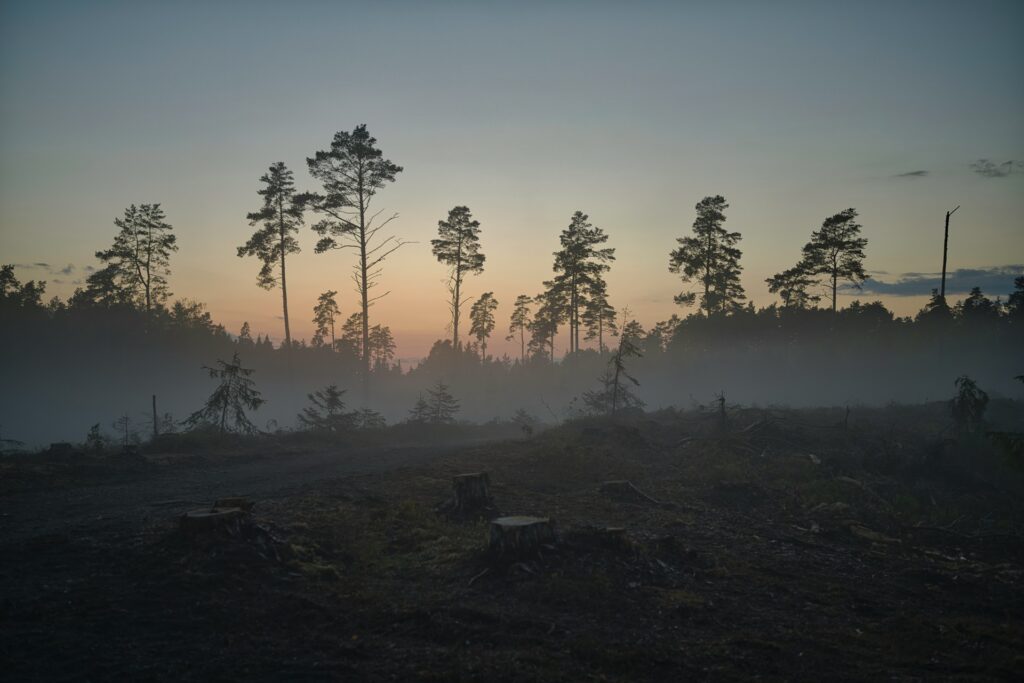
Conserving existing forests is faster and more cost-effective than replanting new ones. This means strengthening and enforcing anti-logging laws, supporting conservation initiatives, and recognising Indigenous land rights. Countries like Costa Rica have shown that it’s possible to reverse deforestation through strong political will and smart policy.
Protected areas must also be properly funded and monitored. Otherwise, they exist in name only, vulnerable to illegal activity. Satellite monitoring and real-time tracking can help identify deforestation hotspots and catch environmental violations early.
2. Restore degraded lands.
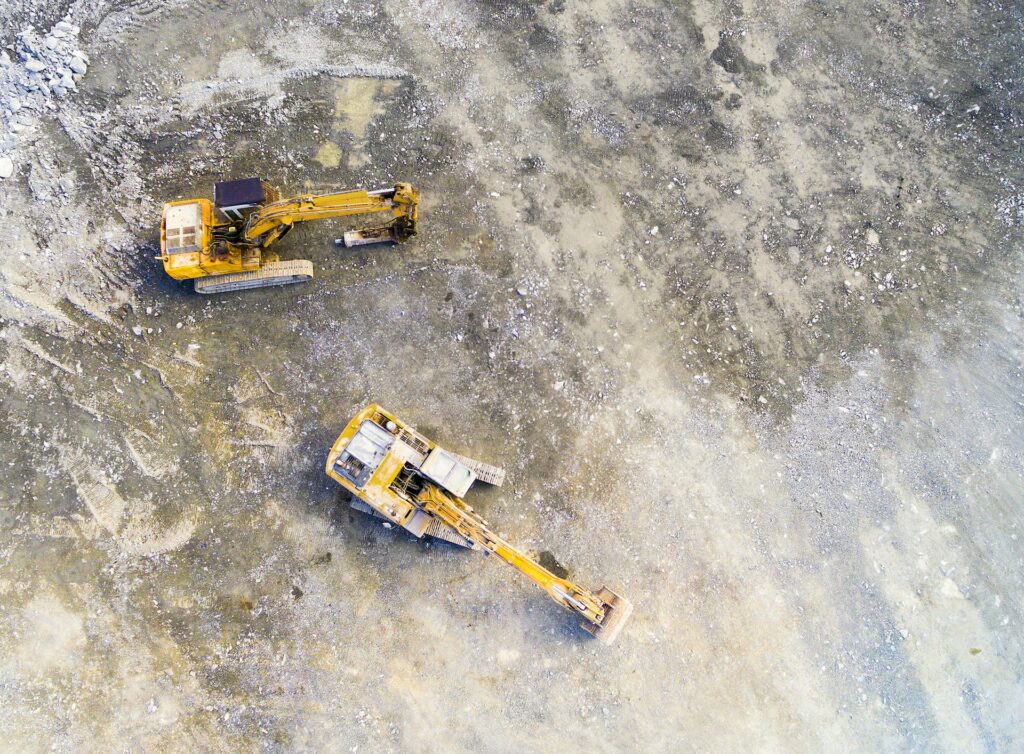
Reforestation and ecosystem restoration play a key role in offsetting emissions and rebuilding lost habitats. The Bonn Challenge aims to restore 350 million hectares of degraded land by 2030, and initiatives like the Trillion Trees Campaign are mobilising global action to plant and protect forests.
However, not all tree planting is equal. Reforestation needs to focus on native species and ecological diversity—not monoculture plantations, which can actually harm biodiversity and are more vulnerable to disease and fire.
3. Change what and how we consume.
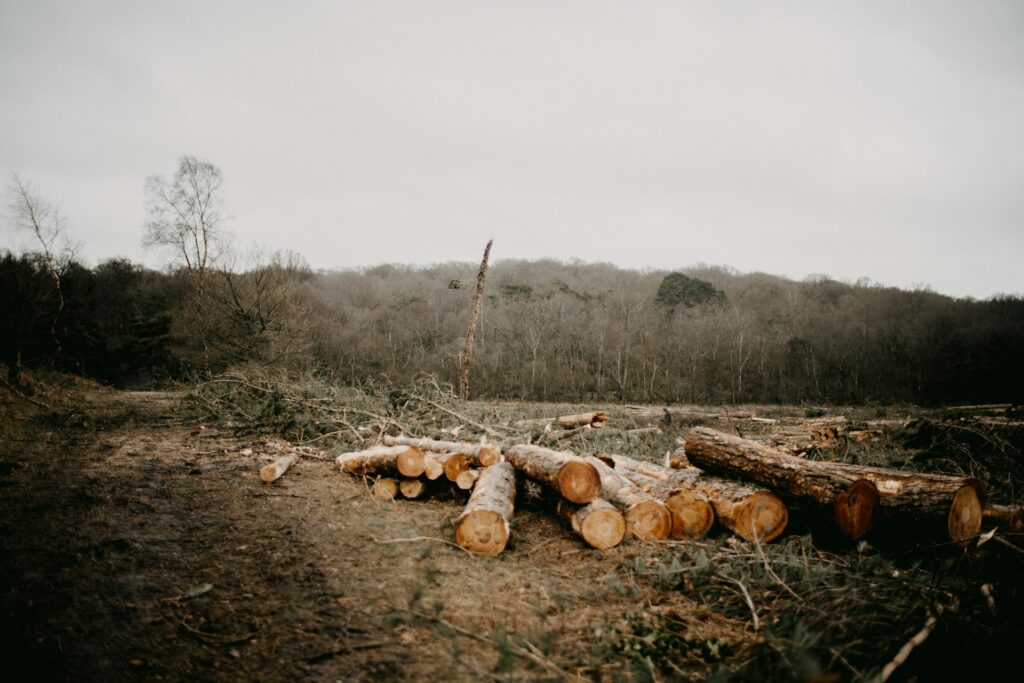
Our everyday purchases have global consequences. Palm oil, soy, beef, and timber are all embedded in supply chains that stretch across continents. Supporting certified sustainable products—those marked by labels like RSPO, FSC, and Rainforest Alliance—can reduce your footprint.
Reducing meat consumption, particularly beef, can have a direct impact on deforestation rates. Public pressure on corporations to commit to deforestation-free sourcing can also drive industry change.
4. Push for stronger policies and accountability.
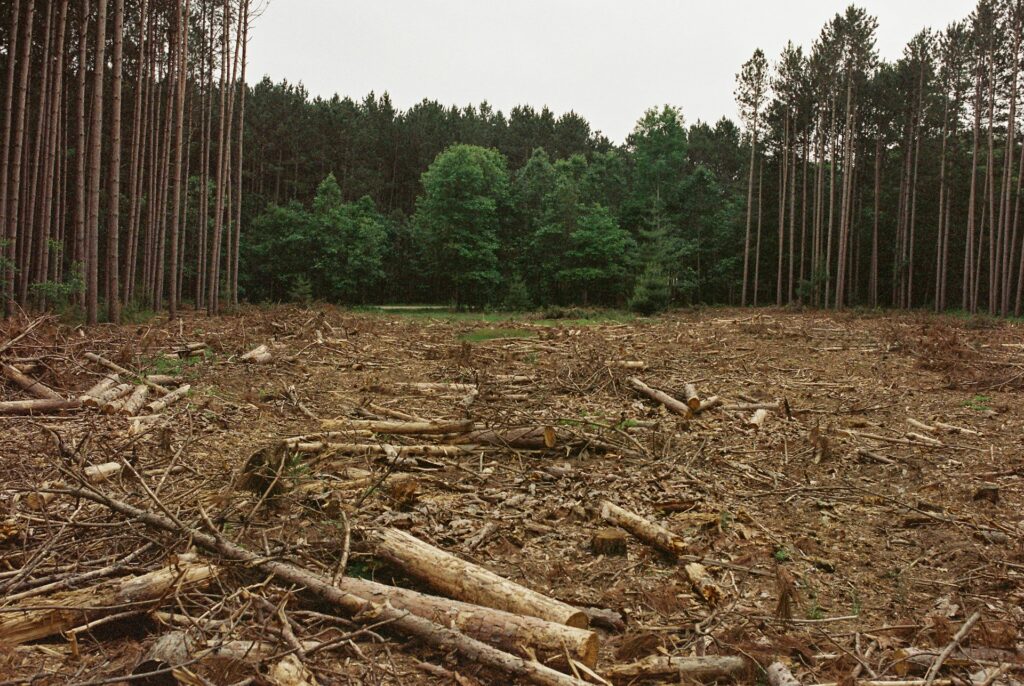
Governments must follow through on promises. In 2021, more than 100 countries signed the Glasgow Leaders’ Declaration on Forests and Land Use, pledging to halt deforestation by 2030. That’s a promising start—but without enforcement, transparency, and funding, such pledges risk becoming empty gestures.
Civil society, media, and consumers all play a role in holding leaders to account. Campaigns, investigations, and public pressure can help turn promises into action.
5. Invest in climate finance and just transitions.
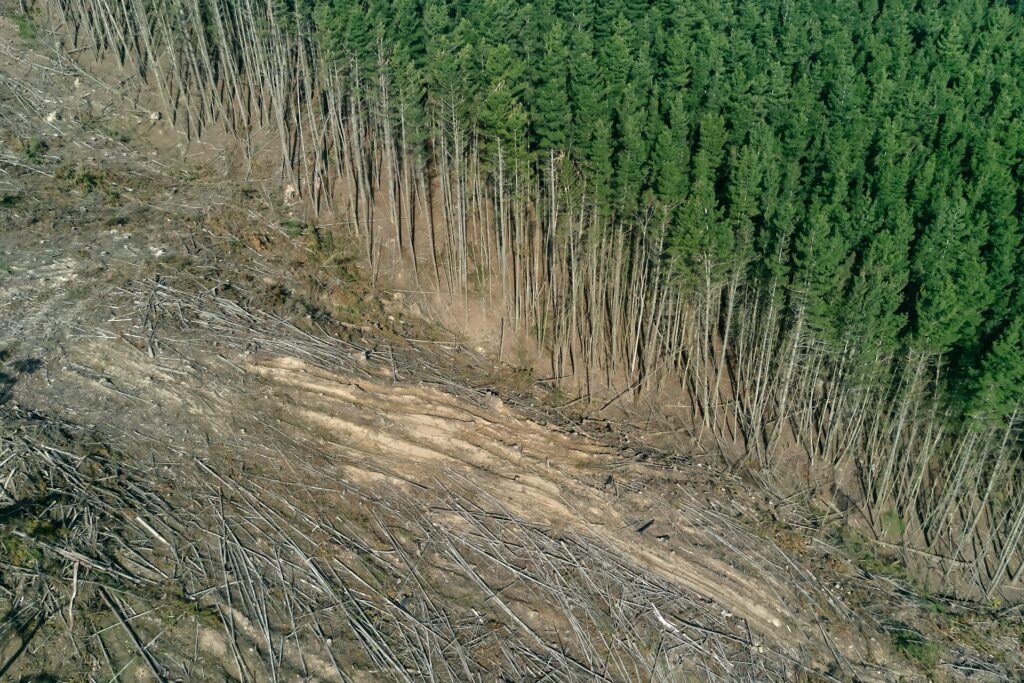
Forest protection is expensive, especially for low-income countries. Climate finance mechanisms like REDD+ (Reducing Emissions from Deforestation and Forest Degradation) channel money from wealthier nations to forest-rich countries in exchange for measurable reductions in deforestation.
These programmes must be designed fairly and transparently. That means including local communities in planning, ensuring they see the benefits, and protecting their rights.
6. Empower indigenous communities.
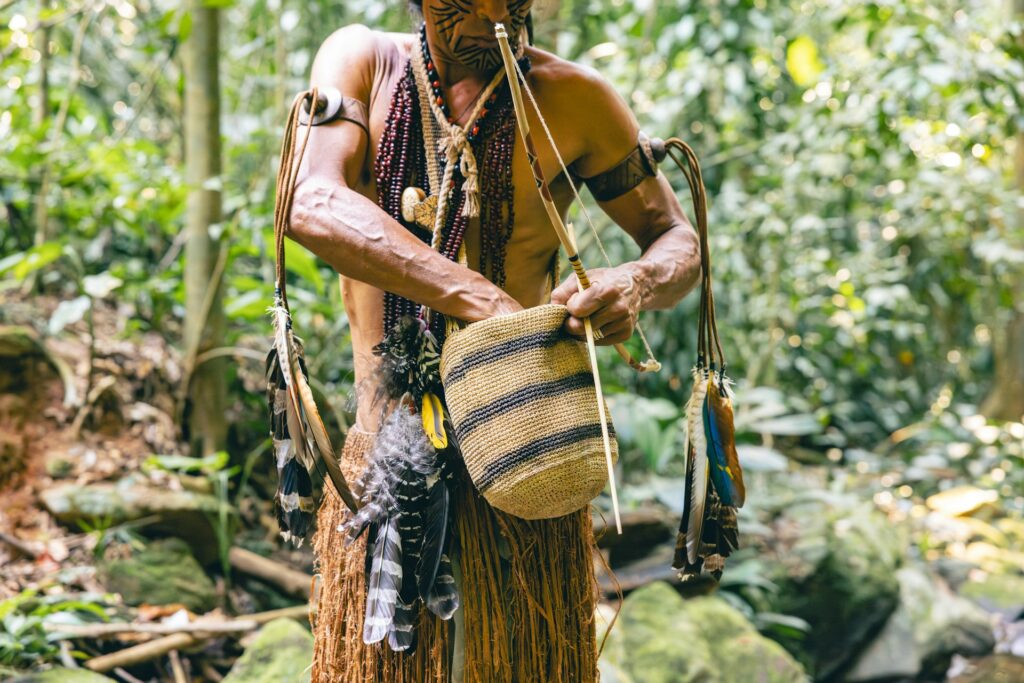
Indigenous peoples manage roughly a third of the world’s forests. Studies have shown that deforestation rates are significantly lower in Indigenous-managed area, according to UNEP. Giving them legal recognition, supporting land tenure, and investing in Indigenous-led conservation efforts is one of the most effective strategies we have.
Their traditional knowledge systems offer insights into how to live sustainably within ecosystems—lessons we desperately need as the climate crisis accelerates.
Hope for the future
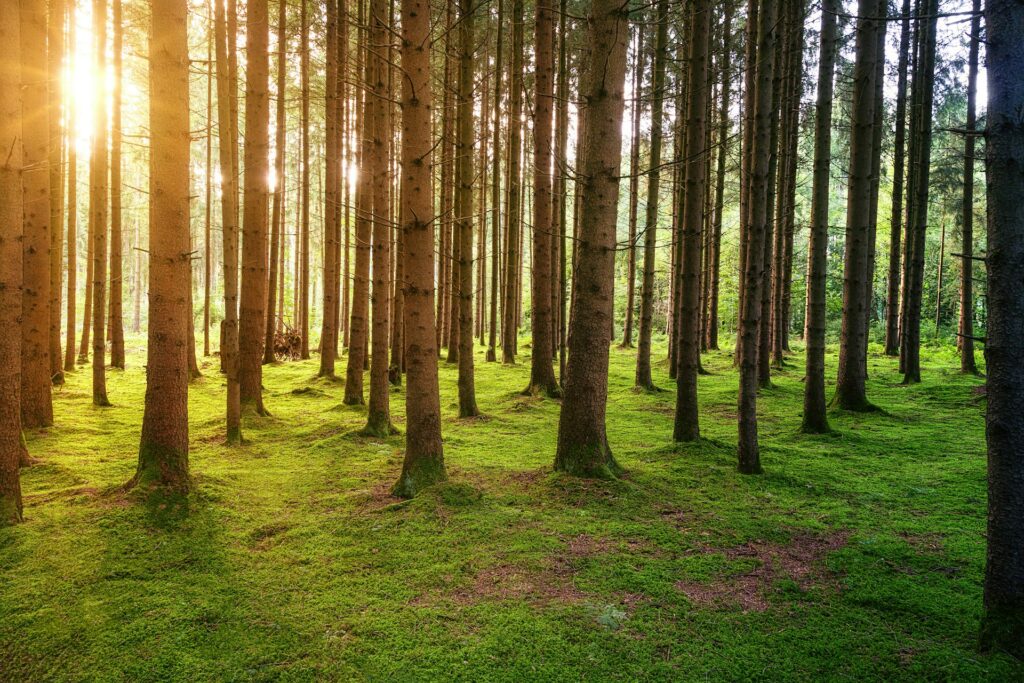
Deforestation is accelerating climate change at a time when we need every possible tool to slow it down. Forests aren’t a luxury—they’re a necessity. They store carbon, cool the air, stabilise rainfall, support biodiversity, and provide livelihoods. Losing them pushes us closer to climate tipping points we may not recover from.
The solutions are out there, and many are already in motion. But they require scale, urgency, and international cooperation. If we act now, there’s still time to protect what’s left, repair what we’ve damaged, and build a future where forests thrive—and so do we.
Because the health of the world’s forests is the health of the planet. And protecting them is one of the smartest, most effective ways we can fight climate change.